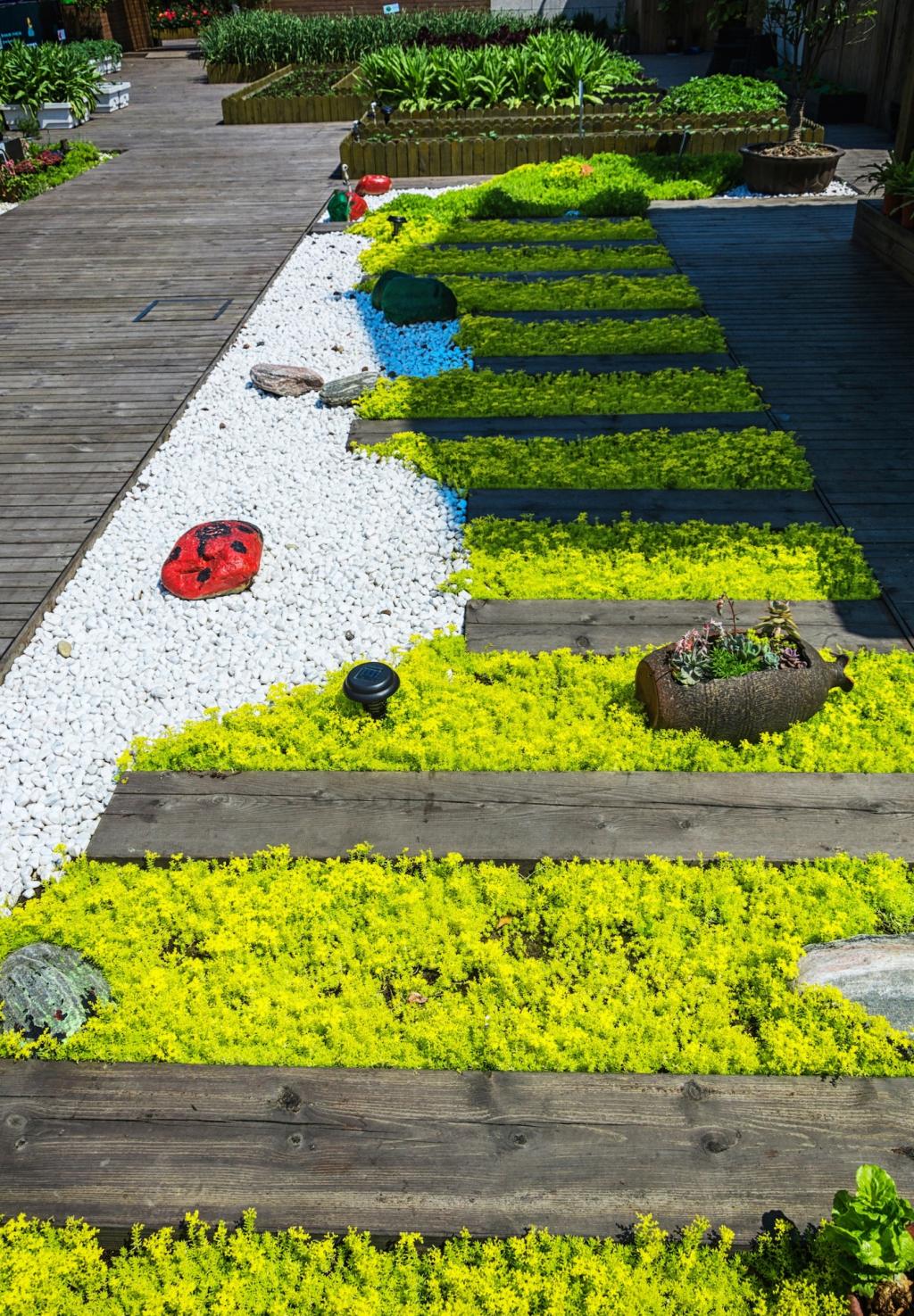Start with the truth: soil testing that steers every decision
Collect multiple cores across beds at consistent depth, mix thoroughly, and avoid recent fertilizer spots. Label, send to a reputable lab, and record site history. Small habits here prevent misleading numbers and save you months of trial-and-error later.
Start with the truth: soil testing that steers every decision
Aim for site-appropriate pH, not perfection; many natives thrive slightly acidic. Track cation exchange capacity to gauge nutrient-holding power, and build organic matter gradually. Pair numbers with plant performance notes to create a grounded, adaptive management plan.







